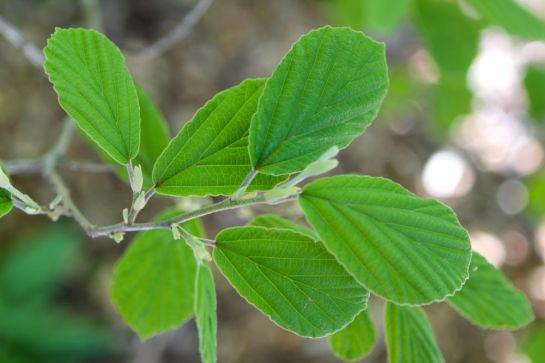 The nursery owner was a bit of a kook. Or, perhaps he was overly anxious to make a sale, any sale. The recession had been raging for several years at this point, and many neighboring tree growers in mid Tennessee had fallen on hard times. It appeared that few trees had left this fellow’s fields in recent years, and though trees and evergreens had been properly cared for, the grasses and thistle in the meadow between groups of trees were taller than the hood of our weary and beaten pickup. He seemed undeterred by the state of his nursery, and he happily yammered on about any and everything.
The nursery owner was a bit of a kook. Or, perhaps he was overly anxious to make a sale, any sale. The recession had been raging for several years at this point, and many neighboring tree growers in mid Tennessee had fallen on hard times. It appeared that few trees had left this fellow’s fields in recent years, and though trees and evergreens had been properly cared for, the grasses and thistle in the meadow between groups of trees were taller than the hood of our weary and beaten pickup. He seemed undeterred by the state of his nursery, and he happily yammered on about any and everything.
We bumped along through the field up to a long, double row of shrubs that towered over the truck. “Virginiana witch hazel”, the nursery owner informed us without enthusiasm, for this group of shrubs had undoubtedly been here for a few years longer than he expected. Overgrown and beginning to grow into each other, he had little reason to expect the witch hazels would ever be sold. But, after touring too many tree farms with row after row of the same old maples and oaks, suddenly my interest was peaked.
This was the same native witch hazel of the eastern U.S. that I had identified on hikes at elevations halfway up the relatively low mountains of the nearby Blue Ridge. I had seen Common witch hazel (Hamamelis virginiana) in garden centers many times before in smaller sizes, but demand for the native pales by comparison to the hybrid witch hazels (Hamamelis x intermedia) with much more prominent and brightly colored flowers. Witch hazels of any sort are relatively slow growing, so here was an opportunity at the least to add one of these large shrubs to my garden, and possibly to offer them in the garden centers. 
In my garden, I’m happy to plant smaller versions of shrubs with more rapid growth. A hydrangea will increase in size sufficiently in one season so that it doesn’t stand out as newly planted, but ‘Diane’ witch hazel (Hamamelis x intermedia ‘Diane’, above) is taking forever to catch up to ‘Arnold Promise’ (below, that had a ten year head start). The copper flowered ‘Jelena’ is making slightly better progress, but this is likely to be the result of being planted with a bit more sun. 
At the time of my nursery visit there was no reason to question the witch hazel’s nomenclature. The foliage of various species and hybrids within the genus is quite similar, and even related trees and shrubs such as Persian ironwood (Parrotia persica) and Fothergilla (Fothergilla major, below) are readily identified as part of the family by their distinctive leaves.
To the relief of our Tennessee friend, a small group of the witch hazels was purchased and delivered in late October, and of course one was quickly routed to plant in my garden. There was not enough prepared ground, so a section of lawn in front of the large Katsura (Cercidiphyllum japonicum) in the lower garden was sliced out to accommodate the new shrub.
All was well until late in November when the leaves began to drop. Nothing unusual about that, but where are the flowers? Common witch hazel is faulted for holding its foliage late enough that the small flowers are often obscured, and when the leaves fell there was no evidence of blooms, only tight buds.
At this point I considered that something was lost in the transplant, and though flower buds were evident, I suspected that these had been damaged and flowering would have to wait until next year. Then, in late December the buds began to unravel the ribbon-like blooms, and this horticultural mystery began to be solved.
This large shrub was not Common witch hazel at all, but the Ozark or Vernal witch hazel (Hamamelis vernalis, foliage above, flowers below). The dull yellow blooms provided the final piece of the puzzle to distinguish this native of the southern states just west of the Blue Ridge from the eastern native. Now, the uniform, rounded form of the shrub rather than the open, irregular shape of Common witch hazel fit perfectly with the late December, early January flowers.
By this point I was happy to have flowers of any sort, and the trade off to winter blooms relieved any consternation that this shrub was not the native I had anticipated. In fact, I’m happy to have the Vernal witch hazel, though I’ll remain on the lookout for a wide spreading Common witch hazel.
It’s a beautiful plant and the foliage is lovely.